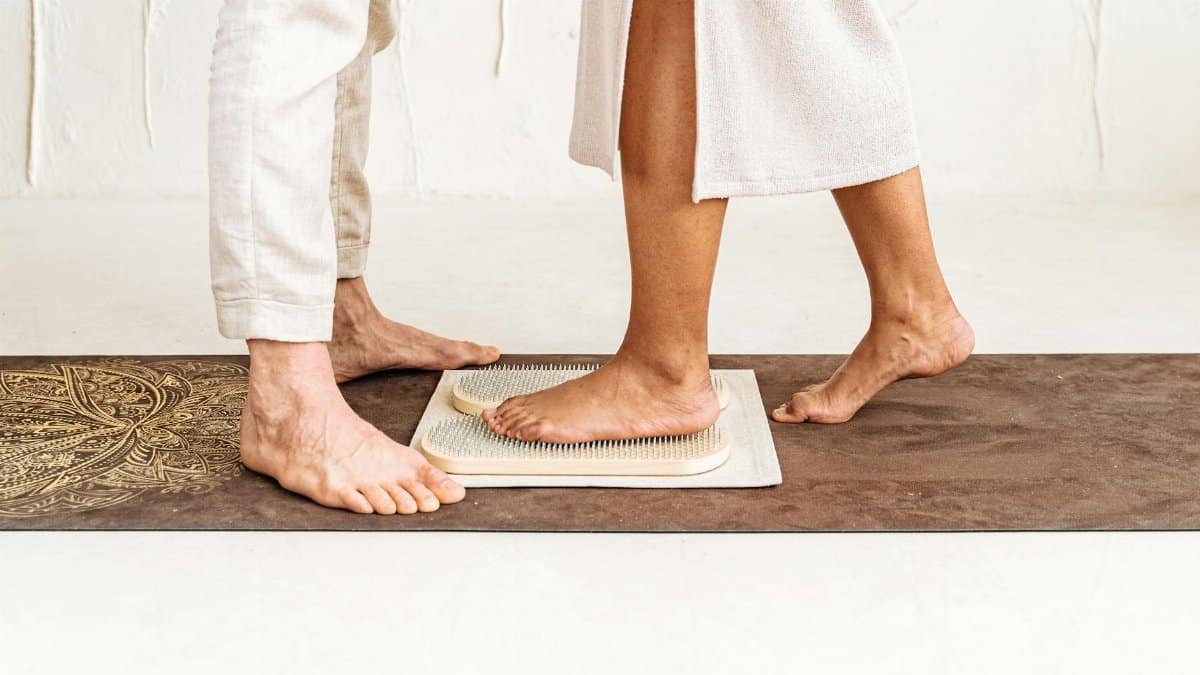A recent study from the National Institutes of Health revealed that nearly 18% of American adults now practice some form of meditation, up from just 4% two decades ago, reflecting a surge in interest amid rising stress levels. This uptick isn’t surprising in 2025, as more people seek tools to cultivate joy in an increasingly chaotic world. Meditation tips, once dismissed as esoteric, have entered the mainstream, backed by research showing they can rewire the brain for positivity. From bustling offices in New York to quiet suburbs in the Midwest, individuals are turning to these practices not just for calm, but for genuine uplift. Yet, with so many approaches available, knowing where to start can feel overwhelming. What follows are seven practical meditation tips designed to foster joy, with a special nod to Tip #5, which research suggests can particularly elevate mood by tapping into emotional resilience.
Tip 1: Begin with Breath Awareness

In the quiet hum of a morning routine, imagine a teacher guiding a room of beginners: “Just notice the air moving in and out,” she says, her voice steady amid the group’s initial fidgeting. This simple act forms the foundation of many meditation tips, grounding the mind in the present. Breath awareness isn’t about forcing control; it’s about observing the natural rhythm, which can swiftly dissolve the mental clutter that blocks joy.
Studies support this approach. Research from Harvard Medical School indicates that focused breathing activates the parasympathetic nervous system, reducing cortisol levels and paving the way for positive emotions. One participant in a clinical trial described it as “unlocking a hidden reservoir of calm,” a sentiment echoed in countless accounts. To try it, sit comfortably for five minutes, eyes closed, and label each inhale as “rising” and exhale as “falling.” Over time, this builds a subtle joy, like sunlight filtering through fog.
But challenges arise. Distractions pull at attention, especially for those new to it. Instead of fighting them, gently redirect focus. Vary the practice by pairing it with a walk outdoors, letting the breath sync with footsteps. In urban settings, where noise intrudes, this adaptability proves key. As trends in 2025 show more apps incorporating breath tracking, accessibility grows, making joy more attainable for busy Americans.
Tip 2: Incorporate Gratitude Reflections

Gratitude meditation shifts the lens from what’s lacking to what’s abundant, a tactic that can transform fleeting happiness into sustained joy. Picture a family in Chicago, gathered after dinner, sharing one thing they’re thankful for— a ritual born from meditation tips that emphasize positive recall.
Evidence from a University of California, Davis study highlights how daily gratitude practices increase well-being scores by up to 25%, fostering emotional buoyancy. Start small: During a 10-minute session, mentally list three specifics— the warmth of coffee, a friend’s laugh, or a successful work call. Speak them aloud if alone, letting the words resonate.
This tip thrives on specificity. Avoid vague thanks; zero in on details to amplify the effect. Online discussions often reveal how people struggle initially, feeling it forced, but persistence yields a deeper joy. Integrate it into evenings, reflecting on the day’s peaks, turning routine into ritual. As societal pressures mount, this practice offers a counterbalance, nurturing joy amid uncertainty.
Tip 3: Practice Mindful Movement

Movement isn’t just for the body; when woven into meditation, it becomes a conduit for joy. Envision a group in a Seattle park, flowing through gentle yoga poses, their breaths synchronized, faces softening into smiles. This embodies mindful movement, one of the more dynamic meditation tips that counters sedentary modern life.
A report from the American Psychological Association notes that combining meditation with physical activity boosts endorphins, enhancing mood more effectively than stillness alone. Try walking meditation: Step slowly, feeling each footfall, noticing sensations without judgment. It’s accessible, requiring no mat or quiet room.
Yet, it’s not without hurdles. Rushed minds wander, but returning to the body’s signals rebuilds focus. For variety, adapt to indoor spaces with tai chi-inspired flows. In 2025, with remote work persisting, this tip helps reclaim joy from screen fatigue, turning motion into a joyful anchor.
Tip 4: Explore Loving-Kindness Phrases

What if sending goodwill to others could circle back as personal joy? Loving-kindness meditation, or metta, does just that, using repeated phrases to cultivate compassion. It starts inward: “May I be happy,” then extends outward, a ripple effect that research links to increased positive affect.
Findings from a Greater Good Science Center at UC Berkeley study show practitioners experience heightened empathy and joy after weeks of practice. Begin with 15 minutes, directing phrases like “May you be joyful” to loved ones, then strangers, even difficult people.
The beauty lies in its flexibility. Some whisper the words; others visualize recipients. A recent anonymous account shared publicly described it as “melting away resentment, leaving space for unexpected delight.” Challenges include emotional resistance, but pushing through reveals joy’s interconnected nature. In diverse U.S. communities, this tip fosters unity, making it a timely tool for 2025’s social divides.
Tip 5: Visualize Positive Outcomes

Amid the array of meditation tips, visualization stands out for its direct mood-lifting power, often hailed as a game-changer for joy. It involves vividly imagining desired scenarios, engaging senses to make them feel real. Consider a young professional in Atlanta, eyes closed, picturing a stress-free day— the scene so tangible it sparks an immediate uplift.
This isn’t mere daydreaming; science backs it. A NIH-funded study found that positive visualization reduces anxiety and boosts optimism, with participants reporting mood improvements of 20-30%. Dedicate time: Sit quietly, breathe deeply, then build a mental image of joy— perhaps laughing with friends or achieving a goal. Feel the emotions fully.
Why does it lift mood so effectively? It rewires neural pathways, per experts, priming the brain for positivity. For those facing daily grind, it’s a quick reset. Vary by theme: One day focus on personal growth, another on relationships. In 2025, with mental health apps promoting it, this tip democratizes joy, proving accessible and potent.
Yet, skepticism lingers. Some dismiss it as wishful thinking, but consistent practice dispels doubts, revealing tangible shifts. Integrate affirmations: “Joy flows to me effortlessly.” Through this, mood elevates, transforming outlook from the inside out.
Tip 6: Try Body Scan for Release

Tension hides in the body, often unnoticed until a body scan meditation brings it to light, releasing it to make room for joy. This tip involves mentally sweeping from head to toe, noting sensations without attachment. It’s like a internal inventory, clearing emotional debris.
Support comes from mindfulness research at UMass Medical School, where body scans are shown to decrease physical stress markers, indirectly fostering joy. Lie down for 20 minutes, starting at the crown, progressing downward, breathing into tight spots.
The process can unearth surprises— a knotted shoulder tied to unspoken worry. One practitioner recalled, “It was like exhaling years of buildup, suddenly lighter.” Adapt for shorter sessions at desks, scanning just arms and legs. In fast-paced American life, this counters burnout, inviting joy through bodily awareness.
Tip 7: End with Reflective Journaling

Meditation doesn’t end when the timer dings; journaling extends its benefits, solidifying joy through reflection. After a session, jot down insights— what arose, how it felt— turning ephemeral experiences into lasting lessons.
A Positive Psychology review links reflective writing to greater emotional processing and joy retention. Keep it simple: Note three observations post-meditation, perhaps patterns in mood shifts.
This tip bridges practice and daily life. For variety, use prompts like “What joy did I uncover today?” It addresses common pitfalls, like forgetting insights, ensuring meditation tips yield ongoing rewards. In 2025, with digital journals rising, it’s easier than ever. Ultimately, it cements joy as a habit, not a fleeting state.
Through these seven tips, meditation emerges not as a chore, but a joyful pursuit, adaptable to any lifestyle. As more Americans embrace them, the collective mood may just brighten.
